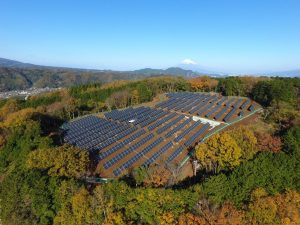
As world population increases with a projection of over 8.5 billion people by 2050, farming activities are expected to increase.
In largely populated countries like India, any damage to their farmlands could lead to crisis so floating solar farms are being introduced on the surfaces of lakes to take advantage of the surface area.
Solar panels on a farm can reduce total overhead cost. From cold storage facilities, nurseries, vineyards and packing operations, its use cannot be exhausted. The amount of energy from the sun that gets to the earth is extremely huge.
All the energy in the world’s reserve of natural gas, coal and crude oil is equivalent to about 21 days of sunshine. There is a growing number of solar farms in the world as it is cost effective and requires little maintenance. Some of the applications apart from the supply of electricity include solar irrigation systems and photo-voltaic (PV) water pumps, Solar powered sensors to detect soil moisture, solar dehydrators, etc.
Almost 2000 farms in California are producing onsite solar energy and this should be adopted more in Africa. Nigeria with her location on the equator is within a high sunshine belt where solar radiation is abundant. The use of wind, solar power, biomass will greatly improve the development of the agricultural sector.
Over Seventy percent of crops grown in Nigeria are grown during the rainy season (April to September). Most of or major crops produced require drying after they are harvested for short and long-term preservation.
The adaptation of solar in Nigeria will help with crop drying, dairy production, chick brooding, manure drying, irrigation and water pumping. This will greatly improve the agricultural sector in Nigeria and Africa as a whole.








 Online | Privacy policy
Online | Privacy policy